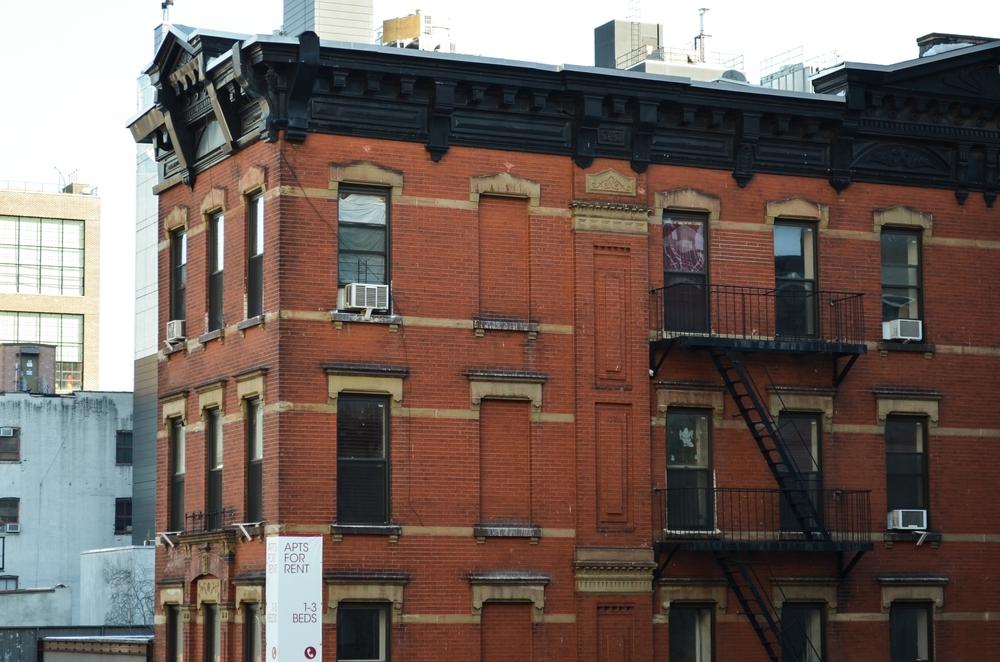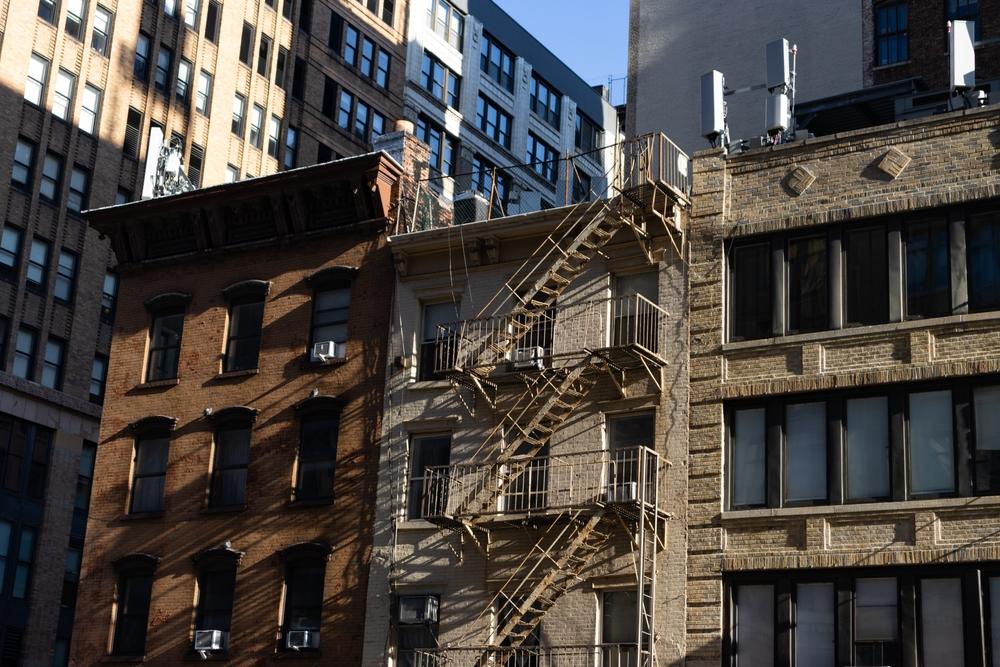Introduction
In the face of escalating climate change concerns, cities worldwide are implementing stringent policies and regulations to combat greenhouse gas emissions. Among these initiatives, New York City’s Local Law 97 stands out as a significant piece of legislation. This article delves into the pivotal role that building retrofits play in achieving Local Law 97 compliance and their broader contribution to mitigating climate change. By understanding the requirements of Local Law 97 and embracing retrofit strategies, building owners and operators can not only meet regulatory obligations but also actively participate in creating a sustainable and resilient future.
I. Understanding Local Law 97
New York City’s Local Law 97 is a groundbreaking regulation introduced as part of the Climate Mobilization Act in 2019. Its primary objective is to reduce greenhouse gas emissions by setting emissions limits for buildings. The law covers a broad spectrum of property types, including residential, commercial, and institutional buildings larger than 25,000 square feet. These limits are categorized based on building occupancy and will be progressively tightened over time, reflecting the city’s commitment to the Paris Agreement.
Local Law 97 mandates emissions reductions by implementing a cap-and-trade system. It sets emission limits in metric tons of Carbon dioxide equivalent (CO2e) per square foot of building area, taking into account various factors such as occupancy type and building use. Building owners are required to annually report their emissions, and non-compliance can result in significant financial penalties.
II. Challenges in Achieving Local Law 97 Compliance
While Local Law 97 provides a clear roadmap for emissions reduction, complying with its requirements presents several challenges for building owners and operators. Foremost among these challenges is the financial aspect, as retrofitting existing buildings often requires substantial upfront investments. The cost of implementing energy-efficient technologies and making necessary upgrades can be a significant barrier, particularly for owners of older buildings with outdated infrastructure.
Additionally, non-compliance with Local Law 97 can result in significant penalties, which further emphasizes the need to find cost-effective solutions. Building owners may face financial strain in meeting the emissions limits while balancing the need for profitable operations.
Furthermore, the diverse age and design of New York City’s buildings pose technical barriers, making it challenging to implement certain retrofit strategies. Older buildings may have structural limitations that require creative solutions to achieve energy efficiency. Moreover, conflicts with historic preservation requirements can complicate retrofit projects, as retrofit measures need to align with the preservation guidelines.
To overcome these challenges, it is crucial to explore strategies that make building retrofits financially viable, address technical constraints, and ensure compliance without compromising the integrity of historic structures.
III. The Role of Building Retrofits in Compliance

Building retrofits play a pivotal role in achieving Local Law 97 compliance by improving energy efficiency and reducing greenhouse gas emissions. A building retrofit refers to the process of upgrading existing structures to incorporate energy-saving technologies, enhance operational efficiency, and minimize environmental impact. Several retrofit strategies have proven effective in helping buildings meet Local Law 97 requirements:
A. Energy-efficient HVAC systems and controls: Upgrading outdated heating, ventilation, and air conditioning (HVAC) systems with modern, energy-efficient equipment and advanced controls can significantly reduce energy consumption and emissions. Technologies such as high-efficiency boilers, heat recovery systems, and smart thermostats can optimize HVAC performance.
B. Insulation and envelope upgrades: Enhancing the building envelope by adding insulation, improving windows, and sealing air leaks can minimize heat transfer and optimize energy performance. Insulation materials like spray foam insulation and energy-efficient windows can improve thermal efficiency and reduce energy losses.
C. Lighting and electrical system improvements: Retrofitting outdated lighting fixtures with energy-efficient alternatives, such as LED bulbs, and upgrading electrical systems can yield substantial energy savings. Occupancy sensors, daylight harvesting, and intelligent lighting controls can optimize energy usage in lighting systems.
D. Renewable energy integration: Incorporating on-site renewable energy generation, such as solar panels or wind turbines, can offset building energy consumption and contribute to Local Law 97 compliance. Building owners can explore the feasibility of installing renewable energy systems based on their building’s location, available space, and energy demand.
E. Water efficiency measures: Retrofitting plumbing fixtures with water-saving alternatives, implementing water recycling systems, and optimizing irrigation practices can reduce water consumption and support sustainable operations. Low-flow toilets, efficient irrigation systems, and rainwater harvesting can contribute to water conservation efforts.
IV. Assessing Building Retrofits: Cost and Benefits
Before embarking on building retrofits for Local Law 97 compliance, a thorough assessment of costs and benefits is essential. While retrofit projects may require upfront investments, the long-term benefits outweigh the initial expenses.
A. Economic analysis of building retrofits:
1. Upfront costs and return on investment: Retrofit costs vary depending on the project scope, building size, and existing infrastructure. However, the energy savings achieved through retrofits can result in significant operational cost reductions, ultimately leading to a positive return on investment over time. Building owners should conduct a comprehensive cost-benefit analysis to evaluate the financial feasibility of retrofit measures.
2. Available financing options and incentives: Building owners have access to various financing options, such as low-interest loans or energy performance contracts, to fund retrofit projects. Furthermore, incentives like grants and tax credits exist to help offset retrofit costs and incentivize compliance with Local Law 97. Exploring these financial resources can make retrofitting more financially attainable for building owners.
B. Quantifying the environmental benefits of building retrofits:
1. Reduction in greenhouse gas emissions: Building retrofits contribute to substantial emissions reductions by lowering energy consumption and transitioning to cleaner energy sources. These reductions play a crucial role in achieving the carbon reduction targets outlined in Local Law 97. Retrofitting buildings can help New York City make significant progress toward its climate goals.
2. Energy savings and operational cost reductions: Retrofit measures aimed at improving energy efficiency can result in significant energy savings, reducing operating expenses over the building’s lifespan. Lower energy bills translate into increased financial savings for building owners and occupants.
3. Improved indoor environmental quality and occupant comfort: Retrofitting buildings can enhance indoor air quality, thermal comfort, and natural lighting, providing a healthier and more productive environment for occupants. Upgrading HVAC systems, improving ventilation, and optimizing lighting can positively impact occupant well-being and satisfaction.
V. Overcoming Barriers to Building Retrofits

To overcome the challenges associated with building retrofits and achieve Local Law 97 compliance, several strategies should be considered:
A. Addressing financial barriers and accessing funding opportunities: Building owners can explore financial incentives, grants, and financing programs specifically designed to support energy-efficient retrofits. Engaging with Energy Service Companies (ESCOs) and leveraging energy performance contracts can help alleviate financial burdens. Collaboration with financial institutions and exploring alternative funding mechanisms can also make retrofit projects more affordable.
B. Technical and logistical considerations in retrofit implementation: Thorough planning, including comprehensive energy audits and feasibility studies, is crucial to identify the most effective retrofit strategies. Collaborating with experienced professionals and leveraging available resources, such as technical assistance programs, can streamline retrofit projects. Engaging engineers, architects, and energy consultants can help navigate technical challenges and optimize retrofit outcomes.
C. Importance of stakeholder engagement and collaboration: Active engagement from building owners, tenants, and facility managers is vital throughout the retrofit process. Encouraging collaboration and involving stakeholders in decision-making can enhance project outcomes and promote long-term sustainability. Building occupants should be educated about the benefits of retrofits and their role in achieving Local Law 97 compliance.
D. Role of government policies and support in promoting building retrofits: Government agencies play a crucial role in providing guidance, support, and incentives to encourage building retrofits. Policymakers can facilitate retrofit implementation through streamlined permitting processes, enhanced technical assistance, and expanded funding opportunities. Building owners should stay informed about available programs and resources and actively engage with relevant government agencies.
VI. Success Stories and Case Studies
Highlighting successful building retrofit projects in New York City can inspire and motivate stakeholders to pursue Local Law 97 compliance through retrofits. These case studies can showcase various retrofit strategies, demonstrate their effectiveness in emissions reduction, and share best practices that other building owners can learn from. Real-world examples of successful retrofits can provide guidance and demonstrate the positive impact that retrofits can have on energy efficiency, emissions reduction, and financial viability.
VII. Conclusion
Building retrofits are instrumental in achieving Local Law 97 compliance and play a crucial role in combating climate change. By embracing retrofit strategies, building owners and operators can significantly reduce greenhouse gas emissions, improve energy efficiency, and actively contribute to a sustainable and resilient future for New York City. Overcoming the challenges associated with retrofits through financial incentives, technical expertise, stakeholder engagement, and government support is vital to unlock the full potential of building retrofits in Local Law 97 compliance. Through collaborative efforts, building owners and the city can work together to create a greener and more sustainable built environment for generations to come. Local Law 97 represents an opportunity for the transformation of New York City’s buildings, fostering a more resilient and environmentally friendly urban landscape.
If you are looking for an expert Commercial Energy Audit and Benchmark Compliance consultancy, look no further! Contact us at Vertpro.com! We are an award-winning Energy Benchmarking and Audit Consultancy, recognized on Inc. 5000, providing innovative SaaS technology-based solutions for Building Owners & Property Managers to Simplify Energy Compliance with all 50+ Energy Benchmarking & Energy Efficiency Laws Nationwide. From Energy Benchmarking to Energy Audits/RCx Plus, and Construction Marketplace, VertPro® has you covered.

